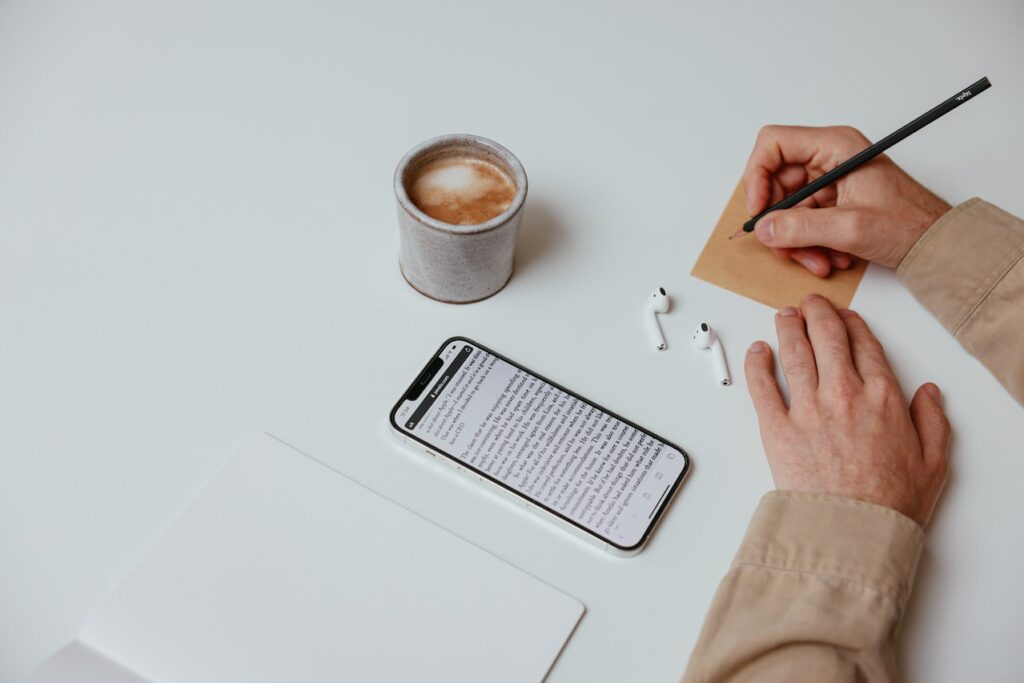How to Reduce Your Paper Consumption
The average person uses far more paper than they realize. But with a few simple tweaks to your daily habits, you can significantly reduce your consumption and minimize your personal impact on the environment in a pretty profound way.
Shocking Paper Consumption Statistics
Would it surprise you to know that the United States is the world’s largest producer and consumer of paper – and it’s not particularly close?
Per capita, American paper consumption is 600 percent greater than the world average. It’s 25 percent greater than Japan, which is the world’s second largest paper consumer (per capita). In total, Americans use over 31 million tons of printing and writing paper on an annual basis. That amounts to 660 pounds per person, or nearly two pounds per day.
In order to produce this amount of paper for consumption, Americans are responsible for cutting down 535 million trees and 12 billion gallons of oil. Pretty mind-blowing, right?
5 Ways to Reduce Your Paper Use
While it’s difficult to totally eliminate all paper from your lifestyle, there are plenty of easy ways to reduce the amount of paper you use with smarter daily habits. Here are a few simple steps you can take:

- Ditch the Printer
If you still have a printer in your home or office, the question is, why? Why do you need a printer?
When most people hear this question the first time, they immediately recoil and say, “Of course, I need a printer! What would I do without one?” But then people start thinking about it and come to the realization that they rarely need to print anything. Almost anything they print can be done digitally.
Perform your own little thought exercise and determine whether you actually need a printer. If the answer is no, ditch it. This will encourage you to practice more paperless activities.
- Opt-In to Digital Billing
Almost every company and service provider you do business with now offers digital billing and virtual communication. There’s absolutely no reason to have bills or notifications sent to you via mail. Go through each bill on your kitchen counter and look for the appropriate URL to help you opt-out of paper communication. Not only will this cut back on your paper consumption, but it’ll also clean up your mailbox.
- Switch to a Bidet
If the early days of the pandemic weren’t a wake-up call for toilet paper users, then what will be? Toilet paper is an archaic and highly inefficient way to clean yourself. Thankfully, better options exist.
“If you are looking for a way to reduce your environmental impact, a bidet is a way to go,” BidetMate notes. “The average person uses over 17,000 pieces of toilet paper each year. A bidet can help reduce this number by as much as 75%.”
In other words, you can go from using 17,000 pieces of toilet paper per year to just 4,000 pieces. That’s a savings of more than two rolls of toilet paper per person per month. In a household of 4, we’re talking about 100 fewer rolls per year!
The great news is that you don’t have to install a standalone bidet or rework any plumbing in your bathroom. A simple bidet seat or bidet attachment is all it takes.
- Rent Books
Stop buying books and start using your local library to rent books. The more people rent books (or opt for Kindle versions), the sooner book printers will cut back and stop wastefully printing so many copies. Yes, it’s a small thing, but it’s a step in the right direction!
- Use Fewer Paper Towels
Most paper towel consumption is totally wasteful. While it might be convenient, it’s unnecessary. Make it a point to use fewer paper towels and you’ll notice a huge difference.
For example, stop using paper towels to wipe up messes. Instead, use a rag that can be placed in the washer. And rather than using paper towels as napkins at lunch or dinner, switch to cloth napkins that can be reused.
Live a Paper-Less Lifestyle
Most people think they have to totally uproot their lives in order to cut back on paper. But as this article shows, there are some extremely simple and easy ways to begin reducing paper consumption. Start with one or two items on this list and gradually adopt more of these habits over time. Small steps lead to big change!
